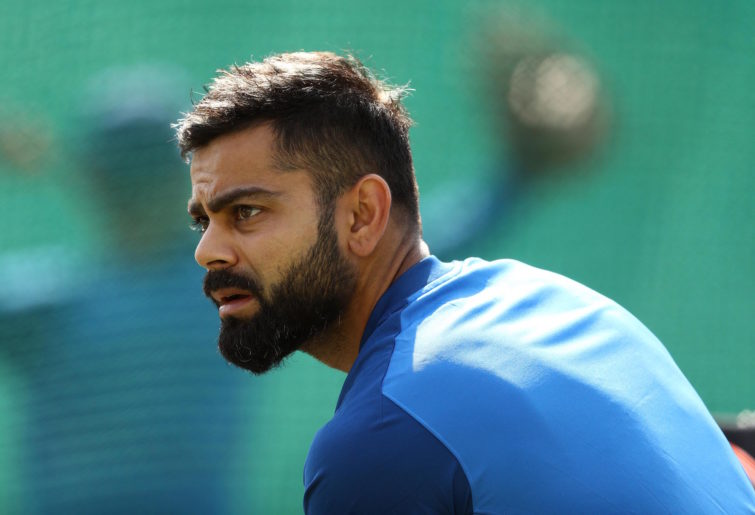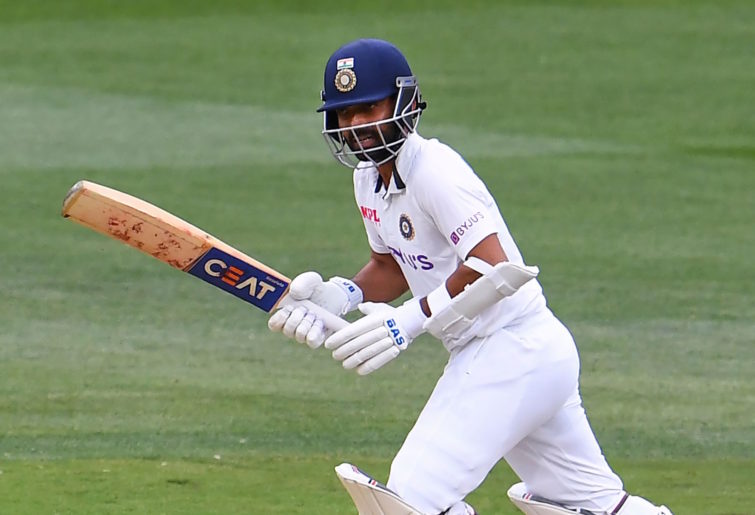Indian mythology had Arjuna and Karna. The Greeks had Achilles versus Hector and the Egyptians had Seth and Osiris. These were great warriors that were even greater rivals obsessed with the defeat of the other.
Modern cricket has now India and Australia – the two best teams in the world, no matter what the ICC rankings might say. They are two teams that over the last several years have managed to raise the quality of their game and their duel as their rivalry grew.
The ongoing series, with one last clash at the Gabba to go, has already become a classic. What transpires at the Gabba from Friday will decide if it remains a classic or transforms into a cult classic.
The series started in the least ideal circumstances possible, with the uncertainties forced upon a hapless world by the raging pandemic causing confusion and making the schedule precarious. But ultimately money talks, so governments, cricket boards, broadcasters and hungry corporates all came together to bend rules, make exceptions and chart unprecedented schemes to make the series happen.
They managed to iron out every impediment except for Virat Kohli’s fatherhood, for nature had its way already. Whatever qualms detractors may have had about these arrangements have now been washed away by the cracker of a series that followed.
The teams hastily concluded the build-up by sharing the honours of the limited overs versions with the Aussies taking the one-day crown while India donned the T20 one. It was as if both were eager to get into the real thing: the Tests.

(Photo by Quinn Rooney/Getty Images)
The opener in Adelaide is now part of a collective Indian nightmare. After dominating for most of the Test, one horrible hour had India succumbing in utter humiliation to their lowest ever score.
While India erupted in shame and fury, arrogant voices in Australia triumphantly proclaimed a 4-0 clean sweep. Soon after, Kohli – as per previous plans – left his tattered team to join his family for the birth of his first child. While no one should begrudge him that, it was clear Kohli made a choice between being a father and husband and being a leader, not to mention that there is one set of rules for the superstar and another for lesser mortals in Indian cricket.
A leader would have chosen to apologise to his wife and stayed back to guide his team back to redemption.

(Robert Cianflone/Getty Images)
And as if losing your captain and your best player wasn’t enough, India lost one of their two strike bowlers: Mohammed Shami broke his right arm to a Pat Cummins missile during the dying moments of that one-hour Adelaide nightmare.
So India marched into the Boxing Day Test at MCG under unprecedented pressure, led by a locum skipper who had existential questions about himself. They were blooding two debutants. And what a match they played.
Unperturbed by the calamity of the massacre at Adelaide, Ajinkya Rahane led his rag-tag team of half-fit men and newbies to face the Aussies, who were licking their lips in anticipation of the kill. But as fate would have it, Tim Paine won the toss and made the biggest mistake of his career.
Instead of putting into bat a team that was skittled out for 36 just a few days ago, he chose to bat and presented an opportunity to Rahane, who marshalled his attack to checkmate Australia to a sub-par 195 in their first innings.
Then he led from the front with a captain’s knock to a 100-plus-runs lead. And then with an understrength attack, he shackled the Aussies for the rest of the match to etch one of the greatest comeback victories in cricket.

(Photo by William West/AFP via Getty Images)
The series was alive and ablaze as it rolled onto Sydney for the New Year’s Test. But no one imagined that instead of playing cricket, the world’s best two teams would lock horns for five full days to create poetry in motion.
It was a contest that Australia dominated for most part. It was marred by allegations of racist abuse of the Indians by sections of the crowd, and some rowdy behaviour by the Aussies on the field led by their captain. It was a throwback to the bad old days of pre-sandpaper-gate Australia.
India was challenged to make a match out of it by the Australian declaration on the fourth day with more than four sessions remaining. With the two openers back in the safe confines of the pavilion before the end of play on the fourth day, pompous Australian experts declared they would be back home by lunch on Monday (Day 5) to enjoy their boozy lunches and spend the afternoon at one of Sydney’s fabulous beaches, savouring Australia’s 2-1 lead in the series.
And with the Indian captain dismissed before two overs were completed on Day 5 and with Ravindra Jadeja and Rishabh Pant injured, it looked like Aussies could open their beers by mid-morning instead of tea. But India were in pain, angered by racial taunts, enraged by on-field boorishness and pained by injuries. They decided they would stop beers and beaches if they can.
And stop them they did.
In an audacious move, Rahane promoted Pant up the order and he came out with an injured elbow to cart the Australian attack all across the SCG for a breathtaking 97. It was one of the best counter-attacking innings that Test cricket had seen.
Had Pat Cummins not held onto a blinder off Nathan Lyon, the series’ score line would have probably read 2-1 in India’s favour. And in came Hanuma Vihari and immediately he injured himself, as if the horrendous series he had so far wasn’t enough.
But the next batsman waiting had a fractured thumb and he couldn’t peel a banana himself (the camera captured a teammate peeling it for him in the pavilion). India decided to fight to save the match after Cheteshwar Pujara’s brave and patient knock came to an end.
Vihari was on a single leg and Ravichandran Ashwin had a heart as big as the Sydney Opera House. A battered and bruised India began a stoic defence that was a lesson and exhibition in patience, courage, will power and the ability to withstand pain. The Australians peppered them with short balls, ravaged their bodies with missiles, taunted and sledged them to distraction, but the duo withstood everything to ensure a draw and save the Test to keep the score line 1-1.
I saw somebody write on social media that Ashwin and Vihari parked a bus in front of their stumps. How wonderfully put! I would only say the parked bus was a double decker with a few elephants perched on top. They were just unmovable, steadfast and rousingly resilient.
This is the most famous draw in the annals of Test cricket and will be something that we will recount one day to our grandchildren.































































































